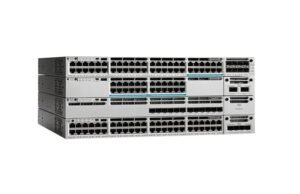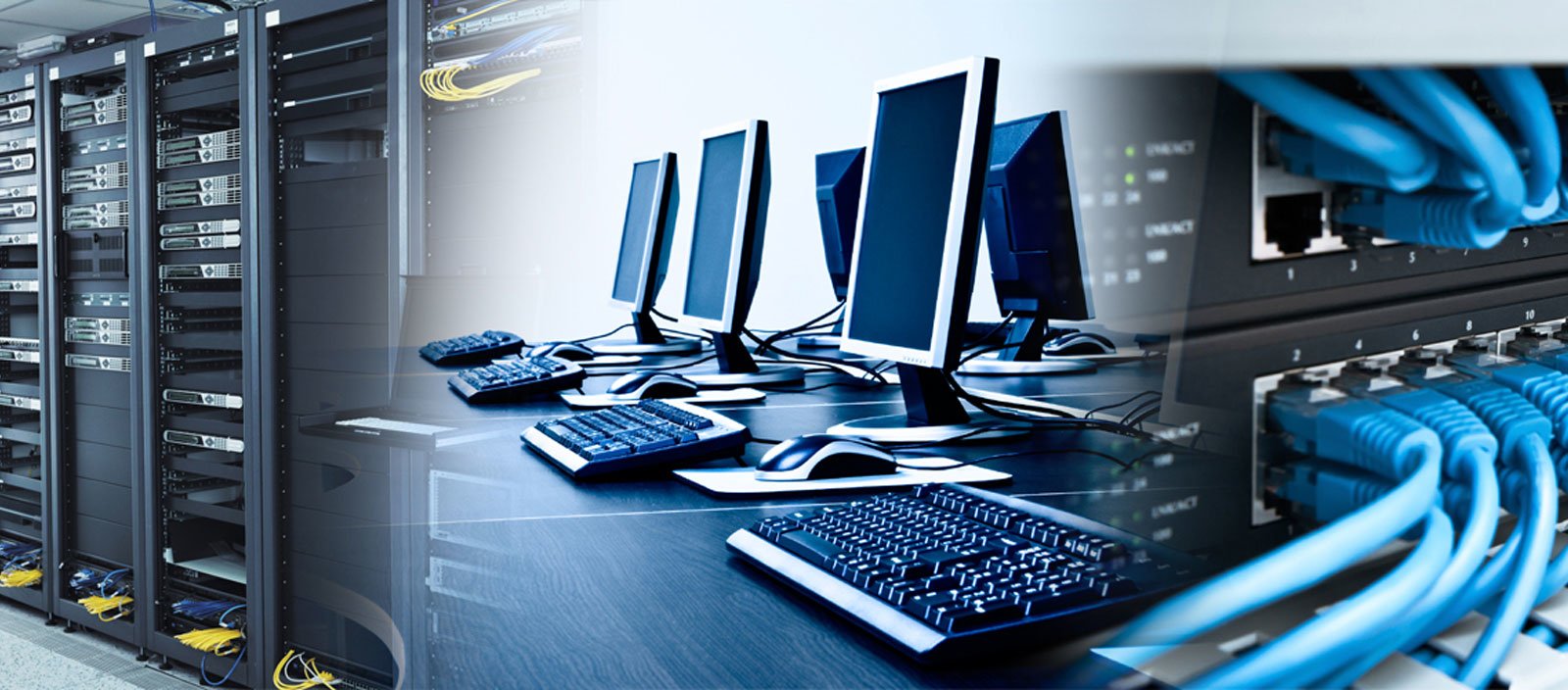Businesses rely heavily on network connectivity for operations, communication, and data management. However, with increased connectivity comes heightened vulnerability to cyber threats. Setting up a secure business network is not just a technical necessity but a fundamental aspect of safeguarding your company’s assets and reputation. This comprehensive guide provides tips and best practices to help you establish a robust and secure network infrastructure for your business.
Table of Contents
- Understanding the Importance of Network Security
- Assessing Your Business Needs
- Choosing the Right Network Infrastructure
- Implementing Strong Firewall Protection
- Utilizing Virtual Private Networks (VPNs)
- Securing Wireless Networks
- Regular Software and Firmware Updates
- Employee Training and Awareness
- Implementing Access Control Measures
- Regular Network Monitoring and Audits
- Backup and Disaster Recovery Planning
- Conclusion
Understanding the Importance of Network Security

Before diving into the technicalities, it’s crucial to understand why network security is paramount for businesses of all sizes.
Protecting Sensitive Data
Businesses handle a plethora of sensitive information, including customer data, financial records, and proprietary information. Unauthorized access to this data can lead to financial losses, legal consequences, and damage to brand reputation.
Preventing Cyber Attacks
Cyber threats such as malware, ransomware, and phishing attacks are continually evolving. A secure network acts as the first line of defense against these malicious activities.
Ensuring Business Continuity
Network disruptions can halt business operations, leading to productivity losses. Secure networks are more resilient against attacks that could cause downtime.
Compliance with Regulations
Many industries are subject to regulations that mandate specific security measures (e.g., GDPR, HIPAA). Non-compliance can result in hefty fines and legal penalties.
Assessing Your Business Needs
Every business is unique, and so are its network security requirements. Begin by assessing your specific needs.
Conducting a Risk Assessment
Identify potential threats and vulnerabilities within your current network setup. This involves analyzing hardware, software, data flows, and potential entry points for cyber threats.
Determining Network Scope
Define the scale of your network. Consider the number of devices, remote connections, cloud services, and the types of data transmitted.
Setting Security Objectives
Establish clear security goals aligned with your business objectives. Whether it’s protecting customer data or ensuring uninterrupted services, your security measures should support these goals.
Choosing the Right Network Infrastructure
Selecting appropriate hardware and software is foundational to building a secure network.
Selecting Quality Hardware
Invest in reliable routers, switches, and firewalls from reputable manufacturers known for robust security features, choose the best networking hardware equipment in uk.
Opting for Managed Network Services
For businesses lacking in-house IT expertise, managed network services can provide professional setup and ongoing maintenance of network security.
Incorporating Scalable Solutions
Choose networking equipment store in UK, infrastructure that can grow with your business, allowing for additional security measures as needed without overhauling the entire system.
Implementing Strong Firewall Protection
Firewalls are essential in monitoring incoming and outgoing network traffic based on predetermined security rules.
Configuring Firewall Settings
Customize firewall settings to block unauthorized access while allowing legitimate traffic. Regularly update rules to adapt to new threats.
Using Next-Generation Firewalls (NGFW)
Consider NGFWs that offer advanced features like intrusion prevention systems (IPS), deep packet inspection, and application awareness.
Segmenting Networks
Divide your network into segments or subnets to limit the spread of a potential breach. This way, if one segment is compromised, others remain secure.

Utilizing Virtual Private Networks (VPNs)
VPNs encrypt internet connections, making data transmission secure, especially for remote access.
Setting Up VPN for Remote Workers
With the rise of remote work, VPNs ensure that employees can securely access the company’s network from outside the office.
Choosing the Right VPN Protocol
Select secure VPN protocols like OpenVPN or IKEv2, which offer robust encryption and performance.
Enforcing VPN Usage Policies
Establish clear policies that mandate VPN usage for remote connections and educate employees on proper usage.
Securing Wireless Networks
Wireless networks are particularly vulnerable if not properly secured.
Using Strong Encryption Standards
Employ WPA3 encryption, the latest and most secure Wi-Fi encryption standard, to protect wireless communications.
Changing Default SSIDs and Passwords
Default network names and passwords are easily exploitable. Create unique SSIDs and strong, complex passwords.
Implementing MAC Address Filtering
Limit network access to specific devices by whitelisting their MAC addresses, adding an extra layer of security.
Regular Software and Firmware Updates
Outdated software and firmware can have vulnerabilities that cybercriminals exploit.
Enabling Automatic Updates
Where possible, enable automatic updates for operating systems, applications, and network devices.
Scheduling Regular Maintenance
Set a routine schedule for checking and applying updates, patches, and fixes to all network components.
Utilizing Patch Management Tools
Employ tools that automate the patching process, ensuring no critical updates are missed.
Employee Training and Awareness
Human error is often the weakest link in network security.
Conducting Security Awareness Training
Educate employees about common cyber threats like phishing, social engineering, and how to recognize suspicious activities.
Establishing Clear Security Policies
Develop comprehensive policies regarding password management, data handling, and acceptable use of company resources.
Encouraging a Security-First Culture
Promote a workplace culture where security is everyone’s responsibility, encouraging reporting of potential issues without fear of reprisal.
Implementing Access Control Measures
Control who has access to what within your network to minimize internal threats.
Using Role-Based Access Control (RBAC)
Assign permissions based on job roles, ensuring employees have access only to the information necessary for their duties.
Implementing Multi-Factor Authentication (MFA)
Add an extra layer of security by requiring multiple forms of verification before granting access to sensitive systems.
Regularly Reviewing Access Rights
Periodically audit user access levels to ensure they are appropriate and adjust as roles change.
Regular Network Monitoring and Audits
Continuous monitoring helps in early detection of anomalies and potential breaches.
Utilizing Intrusion Detection Systems (IDS)
Deploy IDS to monitor network traffic for suspicious activities and generate alerts for immediate action.
Performing Vulnerability Scans
Regularly scan your network to identify and address security weaknesses before they can be exploited.
Keeping Logs and Analyzing Trends
Maintain detailed logs of network activity and analyze them for patterns that may indicate security issues.
Backup and Disaster Recovery Planning
Preparation is key to minimizing the impact of a security incident.
Establishing Regular Backup Routines
Regularly back up critical data to secure, offsite locations to prevent data loss.
Creating a Disaster Recovery Plan
Develop a comprehensive plan outlining steps to restore operations quickly after a breach or failure.
Testing Recovery Procedures
Periodically test your backup and recovery processes to ensure they work effectively when needed.
Conclusion
Setting up a secure business network is an ongoing process that involves careful planning, implementation of technologies, and fostering a security-conscious culture within your organization. By following these tips and best practices, you can significantly reduce the risk of cyber threats, protect your valuable assets, and ensure the continuity and success of your business.



